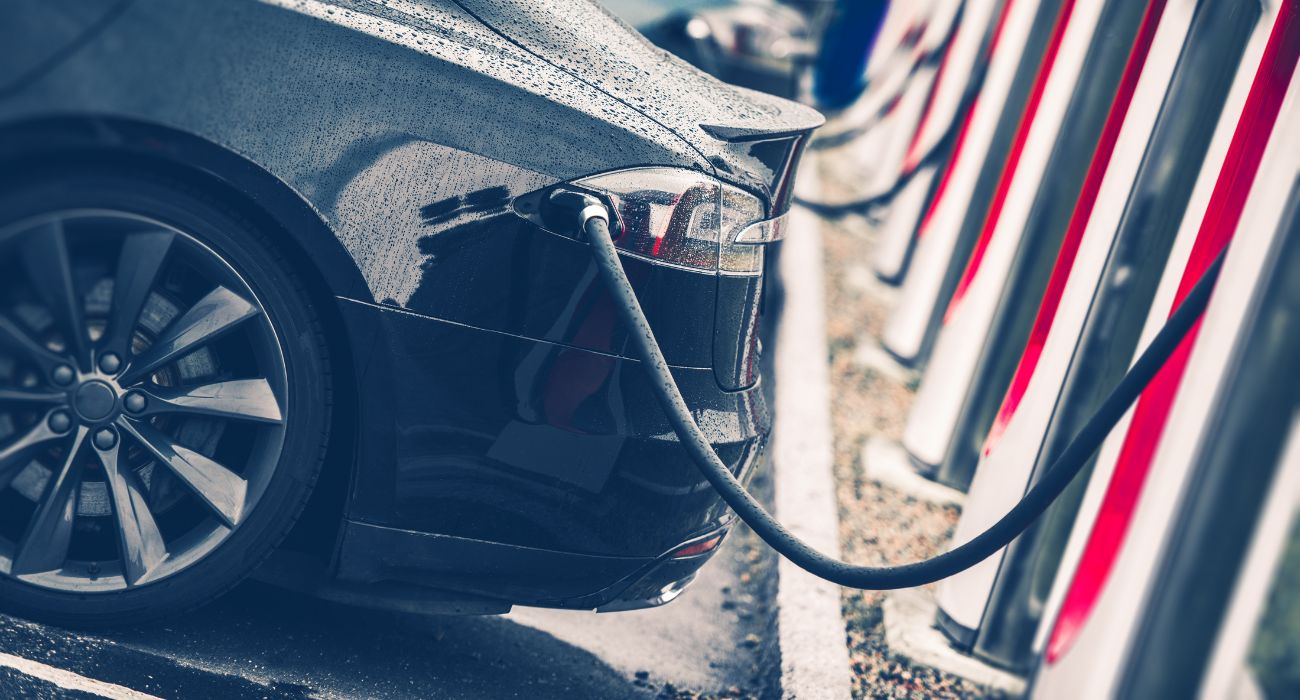The retail price of an average model year 2021 electric vehicle would cost about $50,000 more if not for significant taxpayer-funded support, a new study shows.
The Texas Public Policy Foundation (TPPF) released a new report showing that the true cost of producing EVs is far higher than the prices at which they are being sold. According to the study, nearly $22 billion in taxpayer-funded incentives are being used to disguise the true retail price of EVs.
“Electric vehicle owners have been the beneficiaries of regulatory credits, subsidies, and socialized infrastructure costs totaling nearly 50 thousand dollars per EV,” said TPPF’s Jason Isaac in a statement. “These costs are borne by gasoline vehicle owners, taxpayers, and utility ratepayers, who are all paying a hefty price for someone else’s EV.”
Unlike the owners of traditional gas-powered vehicles who pay for gasoline refinement, transport, and marketing each time they fill up at a fuel pump, EV owners are not burdened by regulatory fees when connecting to the electrical grid.
Furthermore, while gasoline taxes are imposed on and absorbed by owners at the federal and state levels, EV owners face no such tax burden. In fact, EVs receive an average of $8,984 in direct state and federal subsidies per vehicle over 10 years.
Meanwhile, EV manufacturers can receive up to $27,881 per vehicle in tax rebates and indirect subsidies, which have been created by the federal Corporate Average Fuel Economy standards and the Environmental Protection Agency’s greenhouse gas emissions standards.
“When an EV owner connects to the electric grid, how much are they paying for the extra generation, transmission, and distribution costs that they are imposing on the grid, and will those embedded costs rise over time?” the Austin-based think tank asked in the report.
According to the study, EVs put a significant strain on the energy grid, contributing to nearly $12,000 in socialized costs per EV over 10 years.
While the Biden administration has pushed for the widespread electrification of U.S. roads, many Americans still cannot afford to own an EV even with the government subsidies, “coercive regulations,” and “unlawful” bonus multipliers.
“It is not an overstatement to say that the federal government is subsidizing EVs to a greater degree than even wind and solar electricity generation and embarking on an unprecedented endeavor to remake the entire American auto industry,” the report states. “Despite massive incentives, EVs are receiving a tepid response from the majority of Americans who cannot shoulder their higher cost.”
While proponents of EVs claim that they will soon cost less than gas-powered cars, the study indicates that vision is a long way from becoming a reality, especially without massive additional subsidies, according to TPPF policy director Brent Bennett.
“The Biden administration’s stringent fuel economy standards and regulatory manipulations are driving American automakers toward bankruptcy and adding thousands of dollars to the cost of every gasoline vehicle,” Bennett said in a statement. “Rolling back these subsidies and burdensome regulations would save consumers money and stop the auto industry from falling off a financial cliff.”
In the end, the report found that providing billions of dollars in credits for EVs translates into negligible real-world fuel economy improvements, in addition to levying an unnecessary financial burden on gas-powered vehicle owners.
Still, the Biden administration has defended its direct and indirect spending on EV manufacturing and providing subsidies to get such vehicles into the hands of consumers.
“President Biden is investing in the workforce and factories that made our country a global manufacturing powerhouse,” said U.S. Secretary of Energy Jennifer M. Granholm. “… President Biden understands that building the cars of the future also necessitates helping the communities challenged by the transition away from the internal combustion engine.”






